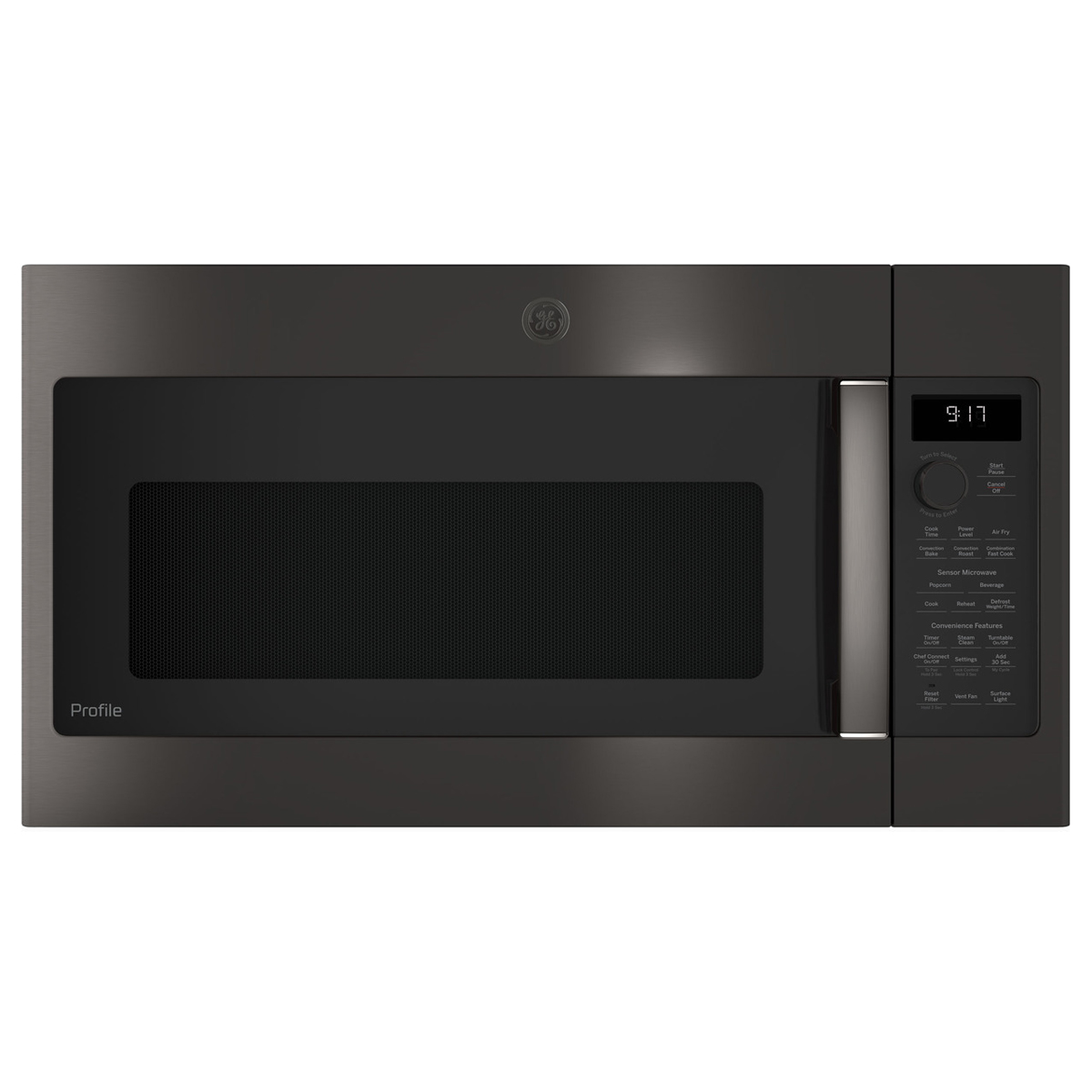Interactions between pacemakers and microwaves have been a topic of concern for individuals with this life-saving medical device. A pacemaker helps regulate heartbeats by sending electrical impulses to the heart, making it essential for those with arrhythmias or other heart-related issues. Microwaves, commonly found in households, use electromagnetic radiation to heat food quickly. Over the years, advancements in technology have significantly reduced interference issues, yet understanding the potential risks remains crucial. Consequently, this article delves into the history, safety measures, and current guidelines regarding the use of microwaves for pacemaker users. Therefore, gaining a thorough understanding of these concerns will help enhance safety and peace of mind for pacemaker users.
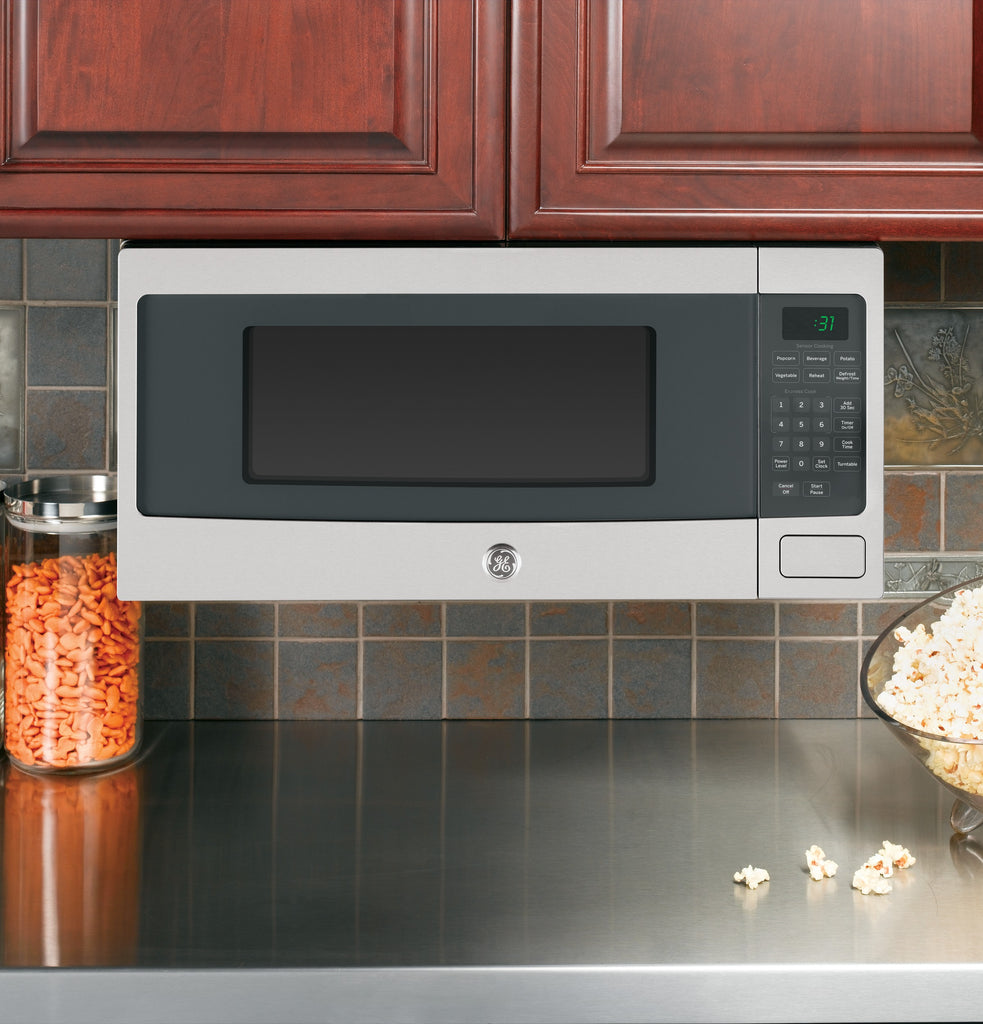
Understanding Pacemakers and Electromagnetic Interference
Pacemakers and other medical devices can be affected by electromagnetic interference (EMI). Understanding how EMI impacts pacemakers is crucial for ensuring their proper functioning. Therefore, exploring the nature of electromagnetic interference and pacemakers provides valuable insights into their interaction.
How Pacemakers Work
Pacemakers are small, battery-operated devices implanted under the skin, typically near the chest. These devices monitor the heart’s electrical activity and deliver electrical impulses to stimulate a normal heart rhythm when necessary. A pacemaker consists of two main components: the pulse generator and the leads. The pulse generator contains the battery and electronic circuitry, while the leads are insulated wires that deliver electrical pulses to the heart. Pacemakers can be programmed to suit individual needs, ensuring they provide the right level of support. Therefore, understanding the basic functioning of pacemakers is essential before delving into their interaction with microwaves.

The Concept of Electromagnetic Interference
Electromagnetic interference (EMI) occurs when an external source of electromagnetic radiation affects the performance of an electronic device. Pacemakers can be sensitive to EMI, which can cause temporary malfunction or improper functioning of the device. Common sources of electromagnetic radiation include radio waves, cell phones, and household appliances like microwaves. While modern pacemakers are designed to withstand everyday levels of EMI, prolonged exposure or close proximity to strong sources can still pose a risk. Therefore, understanding the concept of electromagnetic interference is fundamental in evaluating pacemaker safety in various environments.
Historical Concerns and Advancements
Historical concerns regarding pacemaker and microwave interactions have prompted significant advancements in technology. Understanding these developments helps to contextualize the current state of pacemaker safety. Therefore, exploring the historical concerns and technological advancements provides a comprehensive view of the issue.
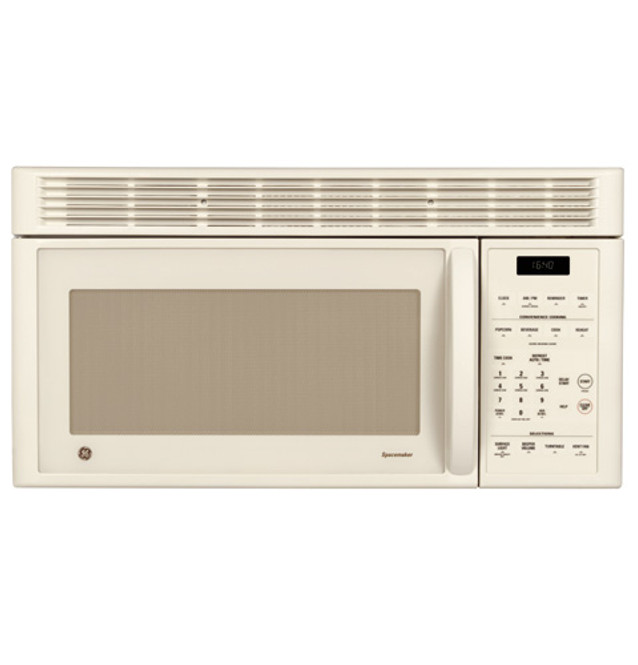
Early Microwave Interference Issues
In the past, pacemakers were more vulnerable to electromagnetic interference from household appliances, including microwaves. Early models of pacemakers lacked the shielding technologies that are commonplace today. Consequently, patients were often advised to avoid using microwaves or maintain a safe distance while the appliance was in operation. Reports of pacemakers malfunctioning in the presence of microwaves raised concerns and highlighted the need for improved device designs. These early issues prompted further research and development to enhance the safety and reliability of pacemakers. Therefore, historical concerns regarding microwave interference played a crucial role in driving technological advancements.
Technological Improvements
Over the years, significant technological improvements have enhanced the safety and reliability of pacemakers. Modern pacemakers are equipped with sophisticated shielding mechanisms and are rigorously tested for EMI resistance. These advancements have dramatically reduced the risk of interference from everyday household appliances, including microwaves. Additionally, better programming and diagnostic capabilities enable physicians to monitor and adjust pacemaker settings more effectively. Consequently, the risk associated with pacemaker and microwave interactions has been greatly minimized. Therefore, understanding these technological improvements helps reassure pacemaker users regarding the safety of using microwaves.
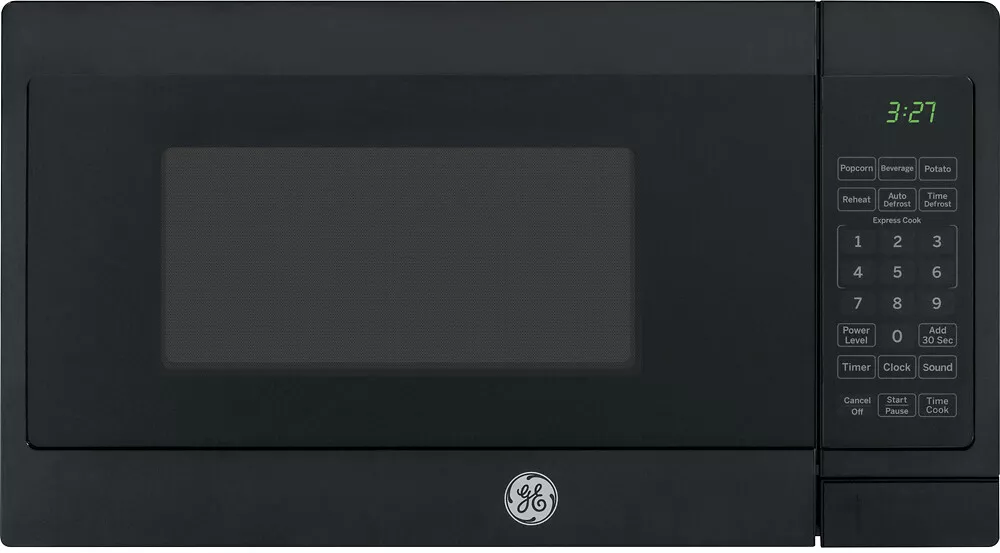
Current Safety Guidelines for Pacemaker Users
Current safety guidelines for pacemaker users provide valuable information on minimizing risks while using household appliances like microwaves. Following these guidelines ensures the proper functioning of pacemakers and enhances safety. Therefore, exploring the current safety guidelines helps pacemaker users navigate their daily routines with confidence.
Recommendations from Medical Professionals
Medical professionals offer specific recommendations for pacemaker users regarding the safe use of microwaves and other household appliances. Patients are generally advised to maintain a certain distance from the microwave while it is operating, typically around six inches to one foot. This precaution minimizes potential interference from electromagnetic radiation. Additionally, it is essential to follow the manufacturer’s instructions and consult with healthcare providers to address any concerns. Regular check-ups and monitoring by the physician ensure that the pacemaker is functioning correctly and safely. Therefore, adhering to recommendations from medical professionals helps mitigate risks and ensures safe microwave use for pacemaker users.
Use of Modern Microwaves
Modern microwaves are designed with safety features that reduce the risk of electromagnetic interference. These appliances are equipped with better shielding and lower emission levels, making them safer for use around pacemakers. However, it is still advisable to follow general safety precautions and avoid prolonged exposure to the microwave while it is in use. If a pacemaker user experiences any unusual symptoms, such as dizziness or palpitations, they should move away from the microwave and consult their healthcare provider. Therefore, modern microwaves, combined with cautious use, offer a safer option for pacemaker users.
Myths and Misconceptions
Common Misunderstandings
There are several myths regarding pacemakers and microwaves. Some believe that all microwaves are dangerous for pacemaker patients. In reality, modern microwaves are safe to use. Awareness can dispel unnecessary fears.
Additionally, many patients may think that they need to avoid microwaves entirely. Yet, this is not entirely true. There are precautions one can take to ensure safety. It is essential to differentiate between fact and fiction.
Importance of Patience Education
Educating patients about these issues is critical. Healthcare providers should communicate these facts. Offering clear guidelines can help overcome misconceptions. Patients deserve accurate information to make informed decisions.
Moreover, education can enhance confidence among patients. Understanding potential risks enables individuals to take action. This knowledge ultimately leads to better health management.
Impact on Daily Life
Food Preparation and Patience
Pacemaker patients often face challenges with food preparation. They may feel limited in their cooking options due to safety concerns. However, education can enhance their living experience.
Learning to use microwaves safely can make a difference. Patients can continue enjoying convenience. Informed choices lead to better meal planning. Hence, finding a balance between safety and convenience is essential.
Lifestyle Recommendations
Overall, lifestyle recommendations play a vital role. Patients should maintain a healthy lifestyle while using modern appliances. Incorporating fresh ingredients in meals can enhance health.
Consulting with dietitians may help tailor meal plans. Additionally, exercise programs can also support heart health. Striking a balance between safety and a fulfilling life is crucial.
Practical Tips for Pacemaker Users
While technological advancements have significantly mitigated risks, practical tips can further enhance safety for pacemaker users. These recommendations promote a cautious approach to daily activities involving household appliances. Therefore, exploring practical tips provides additional layers of safety and peace of mind.
Maintaining Safe Distances
One practical tip for pacemaker users is to maintain safe distances from household appliances that may emit electromagnetic radiation. This includes microwaves, induction cooktops, and high-powered electronic devices. Keeping a distance of about six inches to one foot from these appliances while they are in operation can reduce the risk of interference. Moreover, avoid leaning directly over the microwave while it is in use. By establishing and adhering to safe distances, pacemaker users can minimize potential risks. Therefore, maintaining safe distances is an effective strategy for enhancing pacemaker safety.
Regular Medical Check-Ups
Regular medical check-ups are crucial for pacemaker users to ensure the device is functioning correctly. During these appointments, healthcare providers can perform diagnostic tests to detect any potential issues and adjust pacemaker settings as needed. Patients should also discuss any concerns they have about using household appliances during these visits. Staying informed and proactive about one’s health can prevent complications and promote overall well-being. Therefore, regular medical check-ups play a vital role in managing pacemaker safety and functionality.
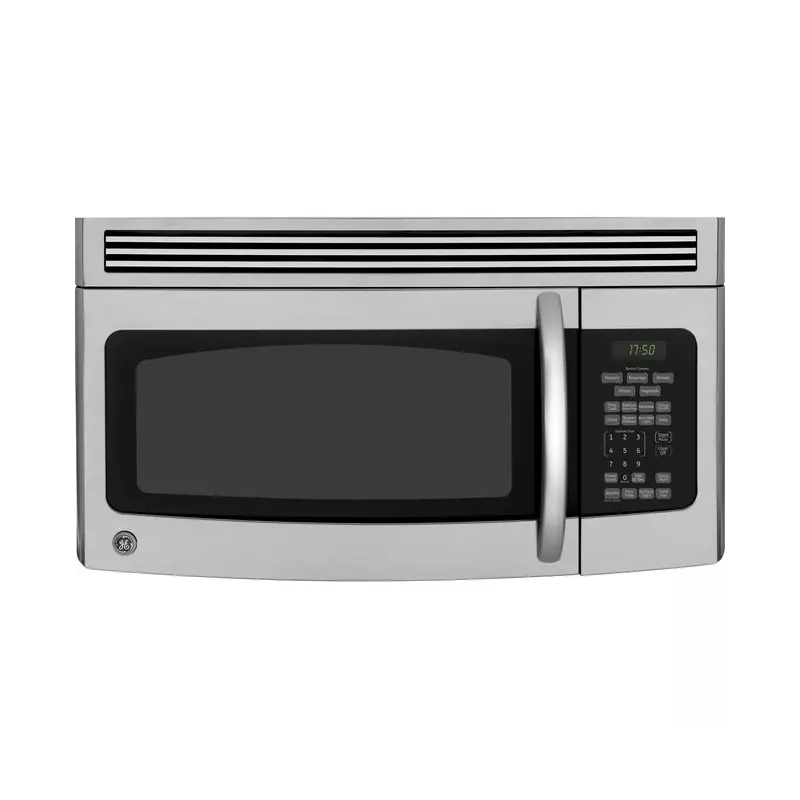
Conclusion: Enhancing Safety and Peace of Mind
The interaction between pacemakers and microwaves has been a topic of concern for many years. Historical issues prompted significant advancements in pacemaker technology, leading to improved shielding and better resistance to electromagnetic interference. Modern pacemakers are designed to withstand everyday levels of EMI, making the use of household appliances like microwaves much safer.
Current safety guidelines and medical recommendations provide essential information to minimize risks. Adhering to these guidelines, such as maintaining safe distances and consulting healthcare providers, ensures a safe and worry-free experience for pacemaker users.
Additionally, practical tips, including regular medical check-ups and cautious use of electronic devices, contribute to enhanced safety. By staying informed and proactive, pacemaker users can confidently navigate their daily routines while enjoying the conveniences of modern appliances.
Therefore, understanding the relationship between pacemakers and microwaves, along with following the recommended safety measures, helps enhance safety and peace of mind for individuals with pacemakers. Embrace these guidelines and continue to live a healthy, active life with the assurance of safety and well-being.

